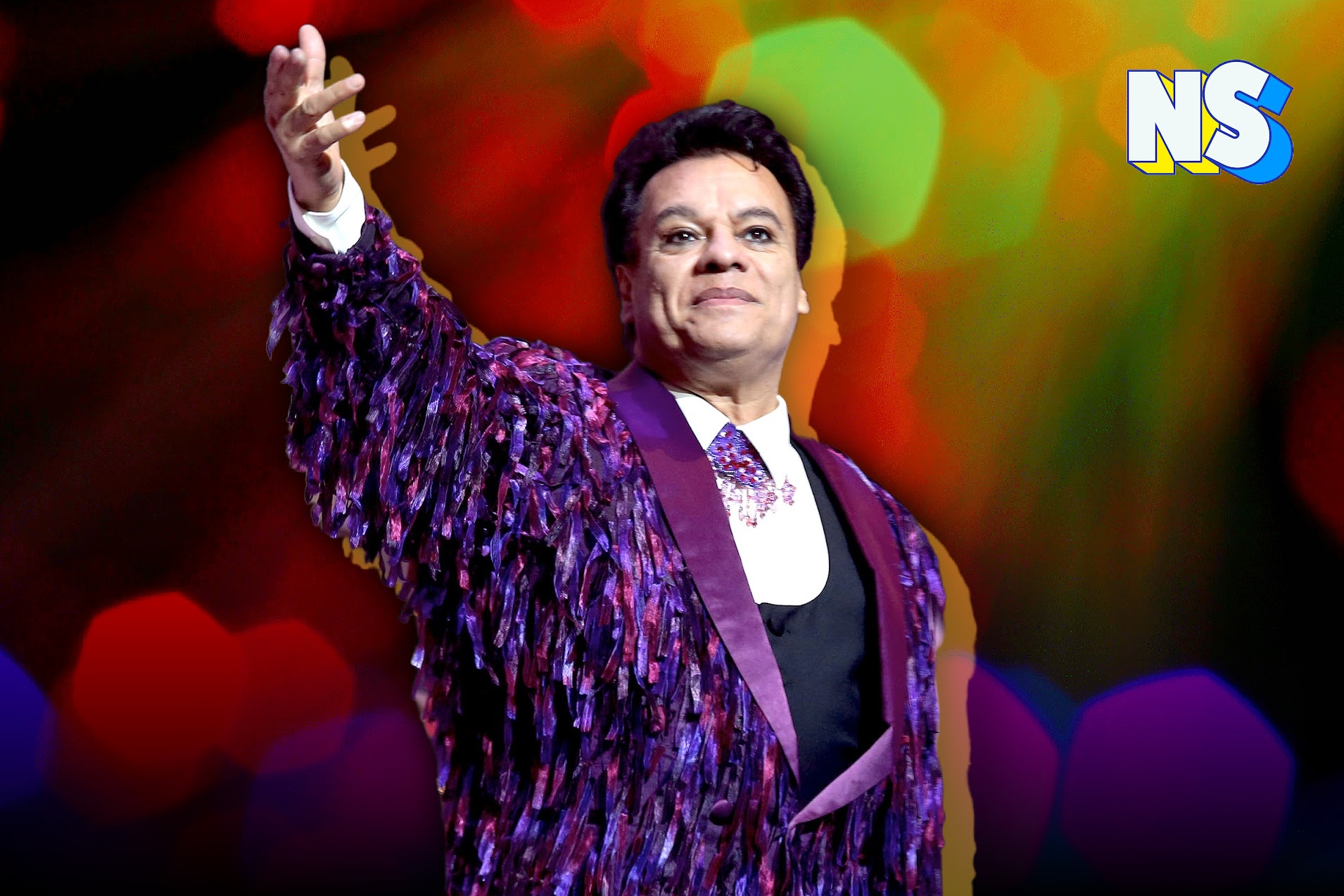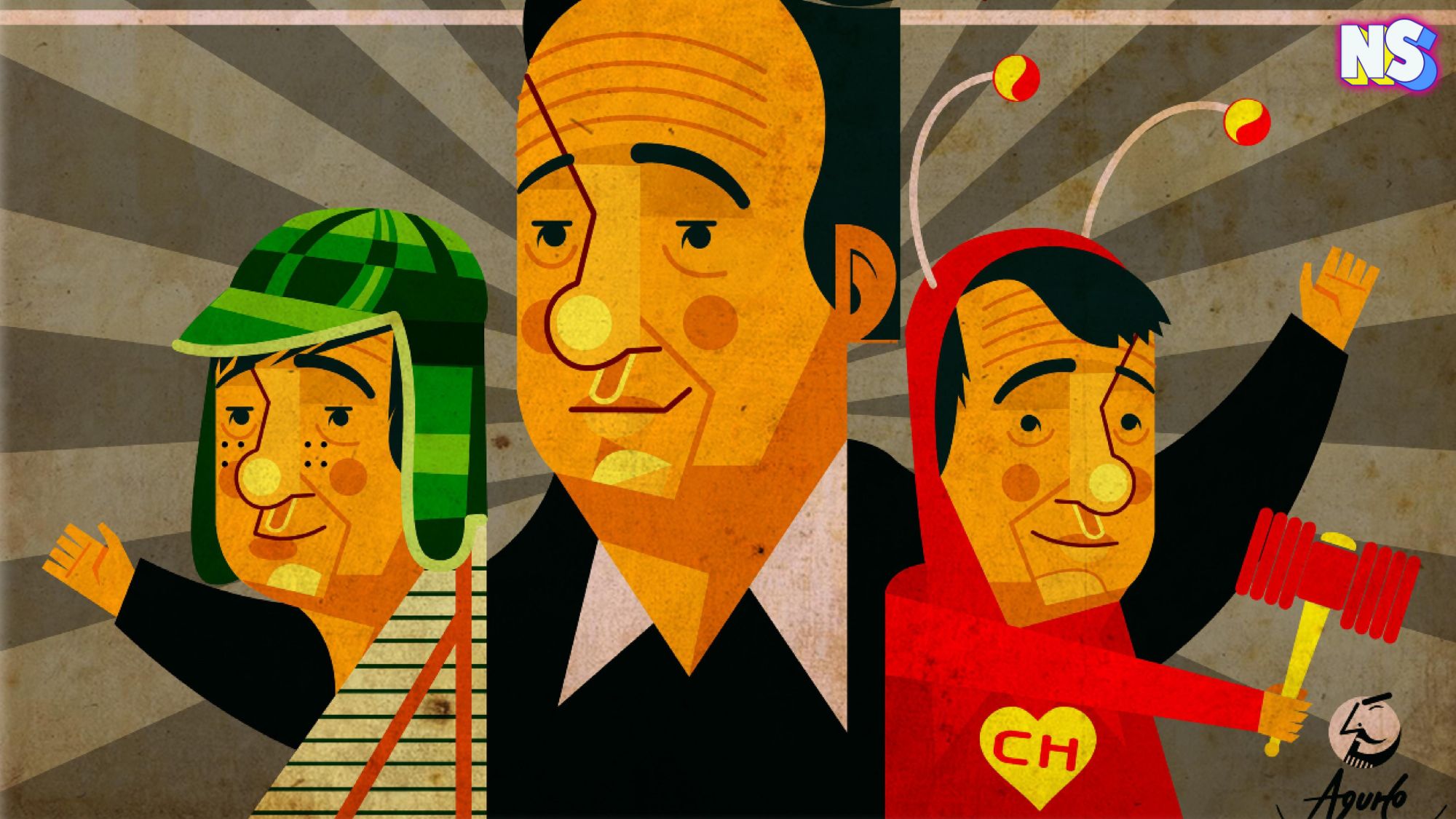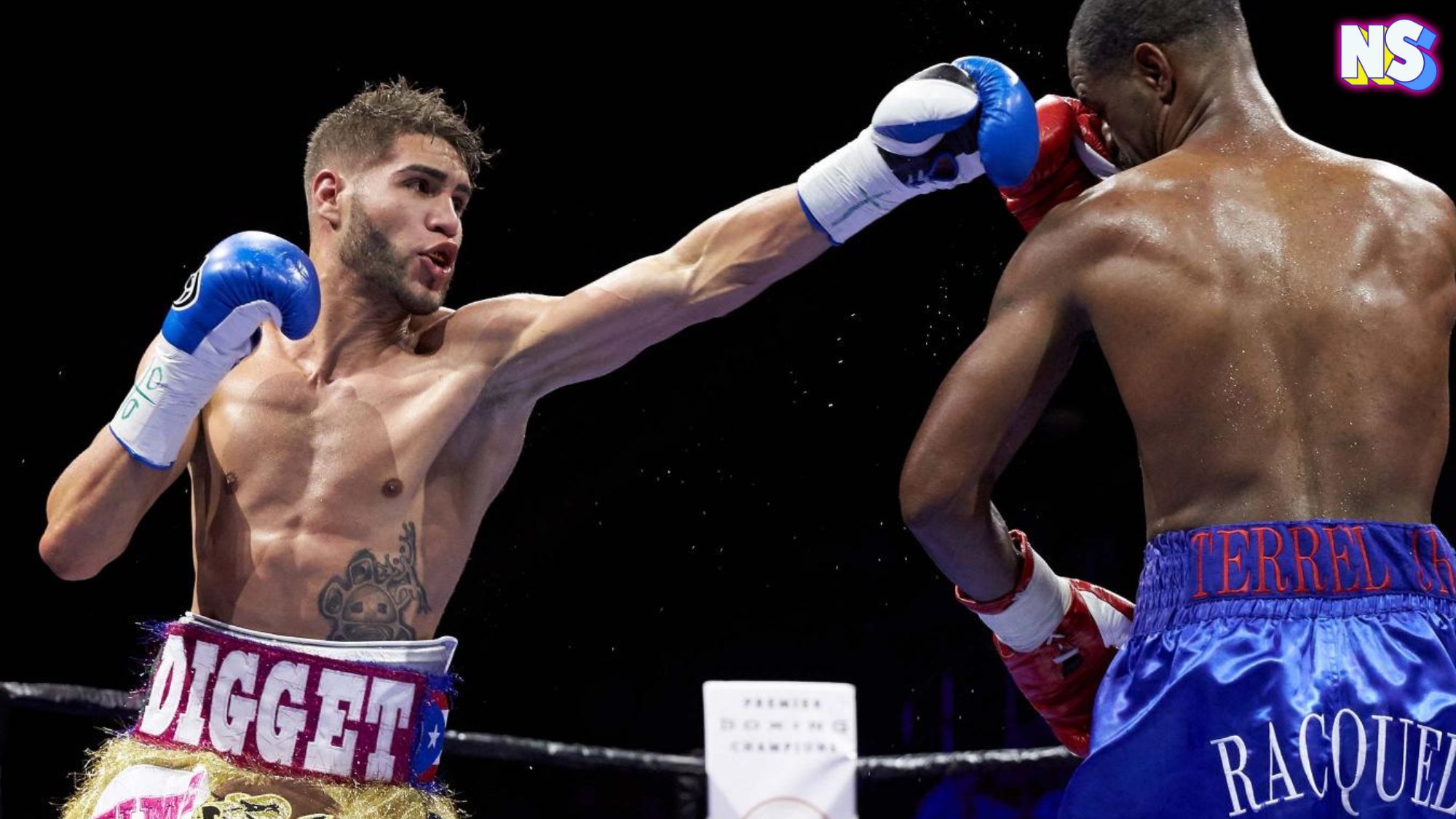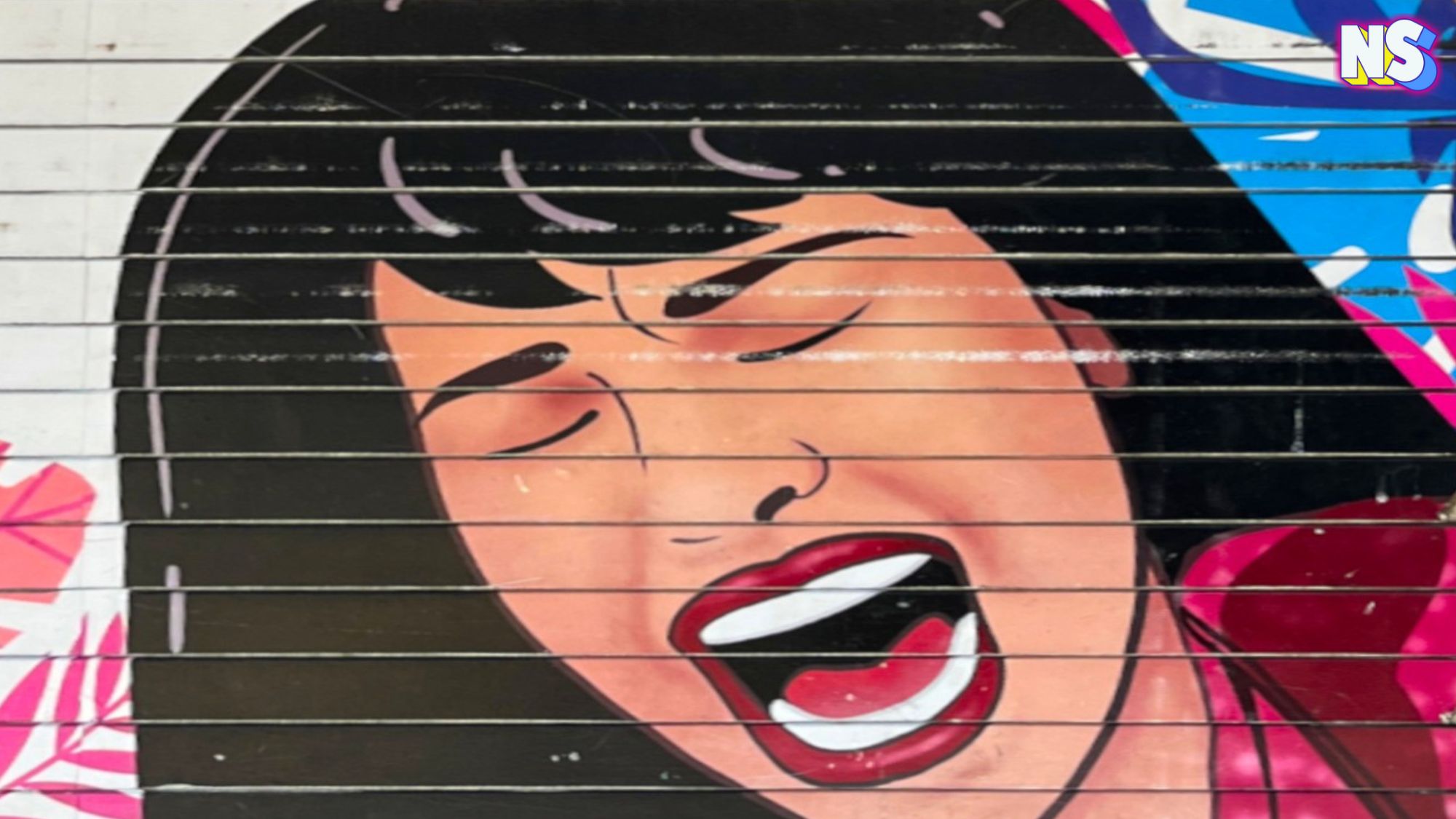Image courtesy of Nuestro Stories.
Almost six years ago, the world lost one of its most glittering lights – and Latinos lost one of our most prolific storytellers. Juan Gabriel passed away at the age of 66 from a sudden heart attack in 2016 and left his fans reeling from the loss. Gabriel or El Divo de Juarez left behind quite the legacy – his ability to transcend language, be revered as one of the greatest songwriters of all time, and the power he had to translate pain, love, grief and joy in ways that connected with millions across the world. However, there is another powerful piece of Juan Gabriel that he left with us: His queer identity and the fans that were able to find a bit of themselves in him.
From the Mouth of Babes: The Life and times of Alberto Aguilera Valadez
Born Alberto Aguilera Valadez, the singer’s life started from tumultuous beginnings. His parents, Gabriel Aguilera and Victoria Valadez were farmers who made a meager living in Michoacan, and was the tenth child born to the couple. It was not long after Alberto’s birth, however, that the family effectively lost their father. While tending to his fields, Aguilera began burning a willow tree as part of the process to clear the land, but the winds that day carried the flames onto neighboring lands. A combination of guilt and anxiety caused Aguilera to attempt suicide not long after. Though he was unsuccessful, Aguilera was arrested, taken to jail, and eventually committed to a mental hospital. Whether he died in the hospital or escaped remains still unknown, but his family never saw him again.
Read more: Reinaldo Arenas’ Story Shows the Suffering of the LGBTQ During and After Castro’s Revolution
Victoria eventually moved the family from Michoacan to Juarez, where she began working as a maid. As Juan grew, he began to rebel, causing issues with his mother’s landlady along the way. As time went on, his mother came to the conclusion that she could not care for her youngest, and put him into El Tribunal boarding school at the age of 5. It was there that Alberto met Juan Contreras, the teacher who changed his life by teaching him how to sing and play guitar.
Though he held out for a little over eight years, the combination of missing his mother and disliking his surroundings prompted Alberto to escape from the boarding school at the age of 13. Picking up odd jobs – washing cars and cleaning dishes – he would spend his days working and his nights writing songs. By the age of 16, he worked his way through the city, singing in choirs, churches, and whatever clubs would allow him considering his age. One of those clubs, the Noa Noa, was famously immortalized in one of his songs, honored as the first place to open their doors to him.
He made his way through the clubs, eventually moving on to become a backup singer for many well known groups – until one day Alberto was accused of theft at a friend’s party and subsequently arrested. Released a year and a half later due to insufficient evidence, Alberto went to RCA almost immediately after; he auditioned and landed a record deal. It was there that he dropped the name Alberto Aguilera Valadez, and became Juan (after his teacher) and Gabriel (after his father.)
El Baile De Juan Gabriel – Lo Que Se Ve, No Se Pregunta
It didn’t take long for Juan Gabriel to find success. His first single became an instant hit, garnering him praise from fans, critics, and inevitably awards for the record-breaking sales. Yet, much like in his younger days at the Noa Noa, there were certain doors that Gabriel would find difficult to open. Much like his younger days, Juan Gabriel, El Divo de Juarez, or JuanGa, would find a way to bust them wide open.
Culturally, the concept of queerness is not an easy one to broach in the Latino community. Mexico was and is still predominantly a Catholic country, and the religious undertones oftentimes make the idea of homosexuality, non-conforming gender roles, and queer identity an unwelcome concept in Mexican households.
Juan Gabriel never came out as gay, or queer. He never donned a flag, nor proclaimed his identity. But, for Gabriel, and for his fans, he never needed to. The same things that garnered such speculation and, let’s be honest, ridicule from so many, also is what gained him just as many fans. From his flamboyant outfits, often covered in sequins and flowers, and head to toe velvet or satin to the way he swished his hips as he danced, mimicking walking down the catwalk, it was evident he was confident in his identity. For better or worse, the machismo in the culture attributes these things to a more feminine aesthetic. The rumors of Juan’s sexuality swirled for years. In fact, the rumors famously came to a very public head when Juan sat down with Fernando del Rincon for an interview.
In the interview (the interview takes place in 2002), as del Rincon and Gabriel go back and forth about a mixture of topics regarding the harassment of the press in Gabriel’s private life, del Rincon brings up a comment that mentioned the “feminine qualities” of Gabriel’s art, and transitions to asking the big question.
“¿Juan Gabriel es gay?
To which Gabriel, with a laugh and a smirk, masterfully responds.
“Dice lo que se ve, no se pregunta, mijo.”
None of the rumors, the questions, the wonder over his identity mattered when his mouth opened and that voice came belting through the universe. His pain was our pain. His love was our love. His grief was our grief. His music dissolved the barriers and walls normally put up between the traditional Latino community and the queer identity.
His art brought queerness into Latino homes, whether they realized it or not. Slowly but surely, it assisted in the normalizing of an identity that otherwise would have had doors slammed in its face.
Isabel Allende once wrote, “There is no death. People only die when we forget them.”
We will never forget Juan Gabriel.





